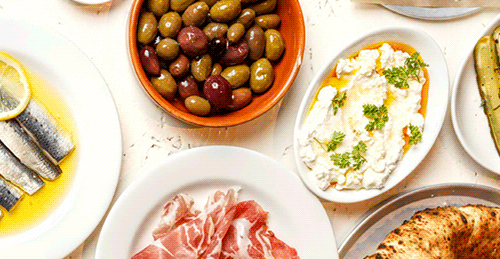Hemmes’ $75 pasta highlights rising cost of dining out

New data from The Australian Financial Review shows menu prices at many of Australia’s top eateries have jumped about 25% since early 2022.
At Merivale’s Bar Totti’s in Sydney, the average pasta now costs more than $37 – up 22% in just three years. And that doesn’t include the showpiece dish: a ziti alla vodka with prawn, lobster and chilli that will now set diners back $75 a plate, already $10 more than when it launched last year. Even the famous wood-fired bread has climbed from $11 in 2020 to $18, while burrata has risen 40% since 2022.
It’s a trend playing out across the country. At Crown Sydney’s Woodcut, a one-kilogram “Black Market” T-bone is now $300 – up $90 – while a whole southern rock lobster has soared 50% to $330. Melbourne’s Gimlet has doubled the price of its half-lobster with saffron rice to $320, while oysters there have risen to $42 for six.
Rabobank senior analyst Michael Harvey describes the last few years as a food price “super cycle,” fuelled by pandemic supply issues, the Russia-Ukraine war and local shocks like bird flu. “It was a significant energy and food price shock to the system. Everything went up and it took a long time for things to come down,” he said.
For some operators, absorbing the costs isn’t an option. Sydney chef Simon Sandall, who runs Boronia Kitchen, says input costs have risen at least 35% but he’s resisted full price rises. “The problem is everything: the cost of goods, the cost of labour, it’s the electricity, the gas – it’s crucified the business,” he told the AFR.
And while food inflation has recently eased, Harvey cautions that prices are unlikely to retreat. “The reality is, if you get a sustained increase in the cost of food, consumers will see it at least in a couple of months’ time.”
Jonathan Jackson, 19th August 2025







